Outer Space & Universe
Outer Space & Universe
Space, also known as outer space, is the near-vacuum between celestial bodies. It is where everything (all of the planets, stars, galaxies and other objects) is found.
On Earth, space begins at the Kármán line (100 km above sea level). This is where Earth's atmosphere is said to stop and outer space begins. This is not a firm boundary but is a convention used by scientists and diplomats.
Items in space are free to move back and forth; up and down; and left and right. These three dimensions are what make 3D space. Items also move forward through time, which is sometimes called the fourth dimension.
The majority of space contains very little matter and so most of it is a vacuum. Scientists do not know how big space is but we do know that space is extremely big, and is always expanding.
According to the big bang theory, all matter and energy in the Universe was compressed into a very small space. Then it exploded and started expanding. Space is still growing in size today; this means the distance from one galaxy to distant galaxies is getting longer.
Gravity is the force that keeps the Moon in orbit around the Earth and the planets in orbit around the Sun. Gravity can stretch and bend space similar to how a heavy ball placed on a stretched sheet of rubber will cause the rubber to stretch. The scientist who discovered that space can bend is named Albert Einstein. How gravity bends space is part of his theory of general relativity.
Astronauts, Cosmonauts, Taikonauts and Spationauts
An astronaut is any person who is trained by NASA to travel and perform tasks in space. Although the space traveler may not necessarily be a United States citizen, each astronaut does go through a rigorous training regiment by the National Aeronautics and Space Administration. Other space travelers go by other names then astronaut depending on their country of origin.
In the United States, astronaut is derived from the Greek words ástron (star) and nautis (sailor). While, in Russia, a space traveler goes by the name космонавт (English: cosmonaut), which is derived from the Greek words kosmos (universe) and nautis (sailor). Westerners call a space traveler from China a taikonaut, based on the 1998 writings of Chiew Lee Yik and Chen Lan where the term tàikōng (great emptiness), Chinese for “space”. In China, the term yuháng yuán (universe navigator) is used for space traveler.
Only the United States of America (United States), Russia (earlier, the Union of Soviet Socialist Republics), and the People’s Republic of China (China) have sent manned spacecraft into space. Other countries have assisted these countries by sending their own space travelers on space missions. For instance, a French space traveler is called a spationaut (from the French word spationaute), which is derived from the Latin spatium (space) and Greek nautis (sailor). (plural in Greek nautes = sailors)
-
04:06
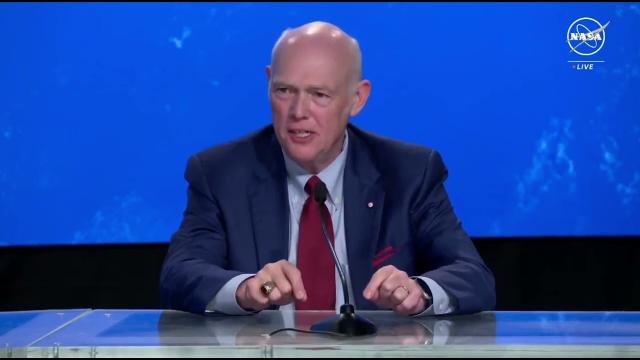
Why was Boeing Starliner's first crew launch attempt scrubbed? Tory Bruno explains
Added 102 Views / 0 LikesUnited Launch Alliance president and CEO Tory Bruno explains what caused the scrub of Boeing Starliner's first crewed launch attempt on May 6, 2024. Credit: NASA
-
02:46
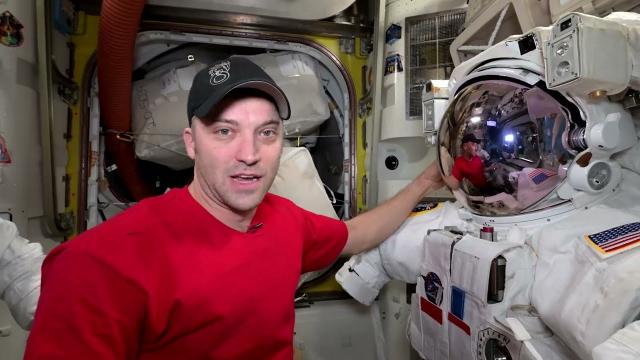
Expedition 71 Crew Prepares for Spacewalks Outside of Space Station
Added 102 Views / 0 LikesNASA astronaut and Expedition 71 flight engineer Matthew Dominick gives a behind-the-scenes look at the International Space Station’s airlock. Astronauts are scheduled to put on their spacesuits and work outside of the space station three times this summe
-
02:00
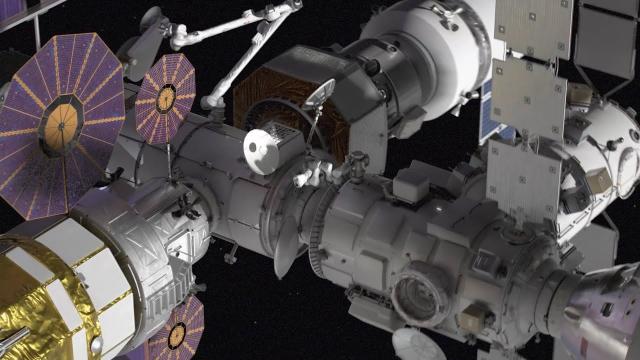
Gateway Lunar Space Station Flyby
Added 102 Views / 0 LikesNASA and its international partners will explore the scientific mysteries of deep space with Gateway, humanity’s first space station to orbit the Moon. Witness Gateway in stunning detail with this video that brings the future of lunar exploration to life.
-
09:04
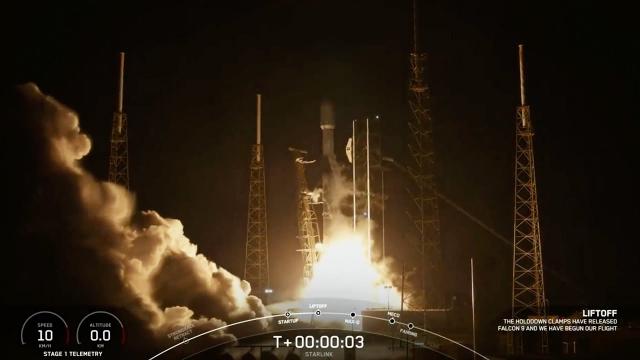
Blastoff! SpaceX launches Starlink satellites with direct-to-cell capabilities, nails landing
Added 102 Views / 0 LikesA SpaceX Falcon 9 rocket launched 20 Starlink satellites, including 13 with direct-to-cell capabilities from Cape Canaveral Space Force Station at 2:57 a.m. EDT (0601 GMT) on July 3, 2024. Full Story: https://www.space.com/spacex-starlink-launch-group-8-9
-
01:25
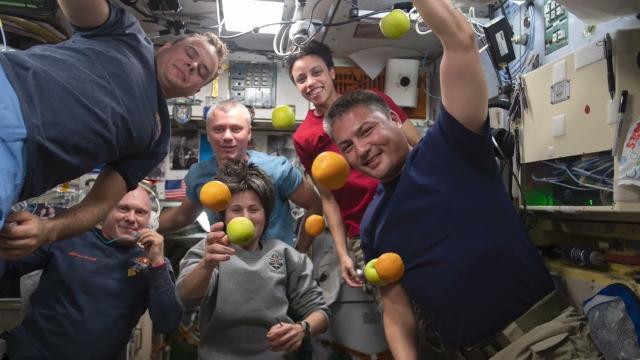
How Do Astronauts Get Fresh Fruits and Veggies in Space?
Added 102 Views / 0 LikesHow do astronauts get fresh fruits and veggies in space? While some are shipped to the International Space Station, there’s another option: They can grow them themselves. In microgravity, crews have successfully grown a variety of plants including mustard
-
00:56
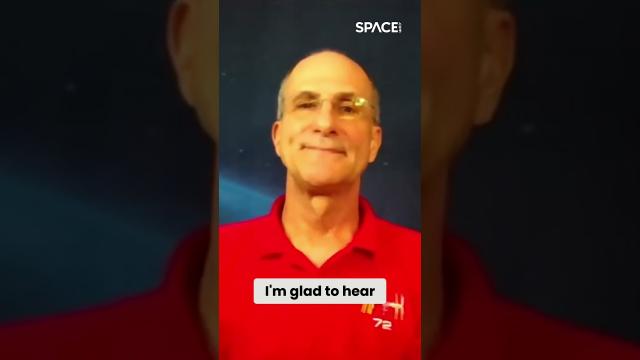
'Born to ride a rocket' ???? Don Pettit #astronaut #space #shorts
Added 102 Views / 0 LikesNASA astronaut Don Pettit is excited to return to space!
-
01:03
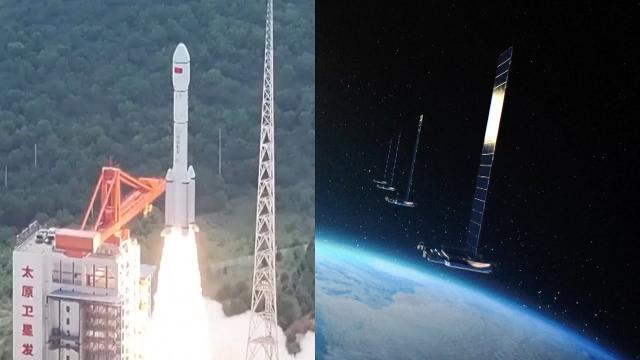
China launches first batch of G60 constellation satellites, over 10,000 more planned
Added 102 Views / 0 LikesA Chinese Long March 6 rocket launched 18 G60 constellation satellites from the Taiyuan Satellite Launch Center on Aug. 6, 2024. China plans on launching over 10,000 satellites to complete the constellation that will provide mobile, broadband and more ser
-
04:28
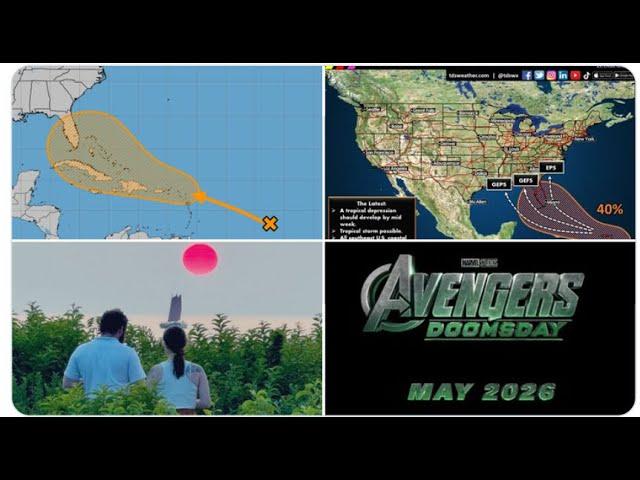
Alert! Hurricane Watch & Multiple Solar Storms headed to Earth!
Added 102 Views / 0 Likesawwww, yeah buddy.Hope you had a great weekend.God bless everyone,Thttps://www.paypal.me/THORnewshttps://venmo.com/TEric-Lewison$THORnews on CashApphttps://www.patreon.com/thornews
-
04:14
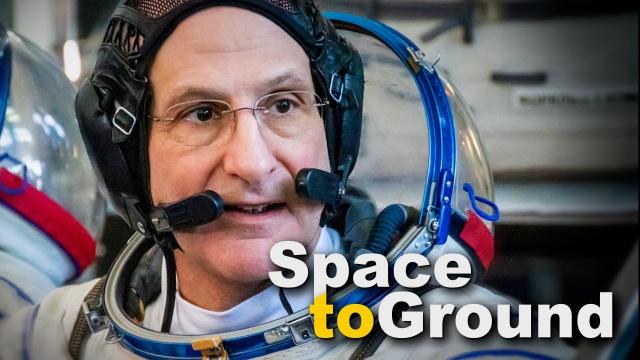
Space to Ground: The Scientist: Aug. 23, 2024
Added 102 Views / 0 LikesNASA's Space to Ground is your weekly update on what's happening aboard the International Space Station. Got a question or comment? Use #AskNASA to talk to us.Learn more about the important research being operated on Station:https://www.nasa.gov/iss-scien
-
04:35
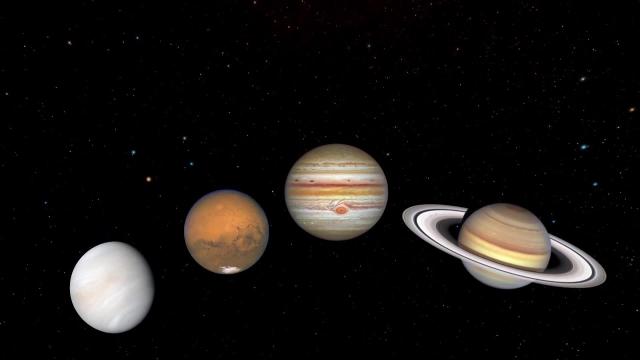
Planets, a comet and the moon in Oct. 2024 skywatching
Added 102 Views / 0 LikesFind out where to spot Venus, Mars, Saturn and Jupiter and more in the night sky this month. Also, comet C/2023 A3 (Tsuchinshan-ATLAS) will be visible. Night sky: What you can see this month: https://www.space.com/16149-night-sky.htmlBest night sky events
-
06:59
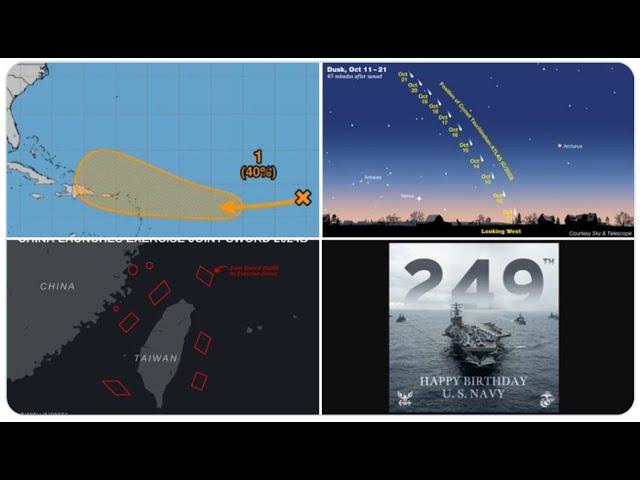
Hurricane Watch! Severe Weather Watch! Comet Watch! WW3 Watch! SpaceX Success!
Added 102 Views / 0 Likesstrange days, indeed!TREAT YO SELF.God bless everyone,Thttps://www.paypal.me/THORnewshttps://venmo.com/TEric-Lewisonhttps://www.patreon.com/thornews
-
01:07
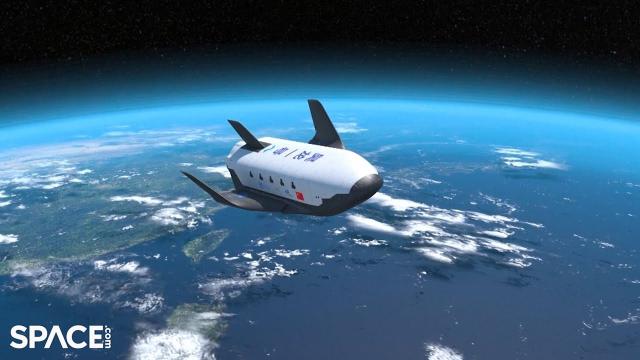
China's new space cargo shuttle launches to Tiangong space station in animation
Added 102 Views / 0 LikesChina's new Haolong space cargo shuttle will be "unveiled at the upcoming 15th China Air Show,” according to China Central Television. See it launch in this animation. Credit: Space.com | footage courtesy: China Central Television (CCTV) | edited by Steve
-
09:06
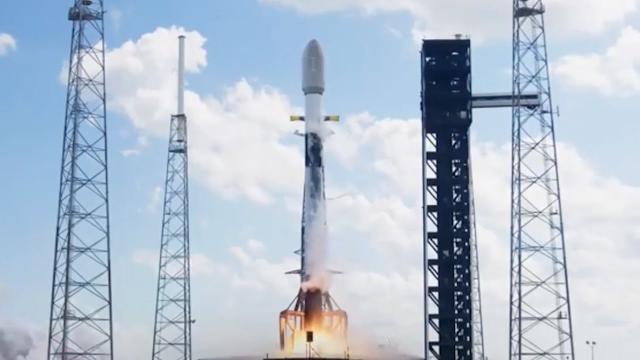
Blastoff! SpaceX Falcon 9 rocket launches 28 Starlink satellites, nails landing
Added 102 Views / 0 LikesA SpaceX Falcon 9 launched 28 Starlink satellites from Space Launch Complex 40 (SLC-40) at Cape Canaveral Space Force Station in Florida on March 31, 2025. Full Story: https://www.space.com/space-exploration/launches-spacecraft/spacex-launches-28-starlink
-
01:26
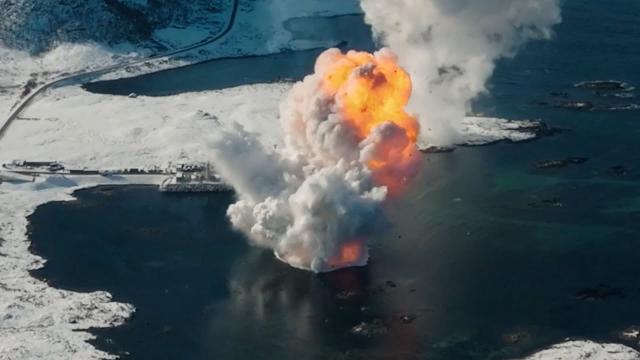
Isar Aerospace's 1st Spectrum rocket crashes and explodes after launch
Added 102 Views / 0 LikesIsar Aerospace's first Spectrum rocket suffered an anomaly about 18 seconds into its first-ever launch and crashed on March 30, 2025. Full Story: https://www.space.com/space-exploration/launches-spacecraft/1st-ever-orbital-rocket-launch-from-european-soil
-
01:33
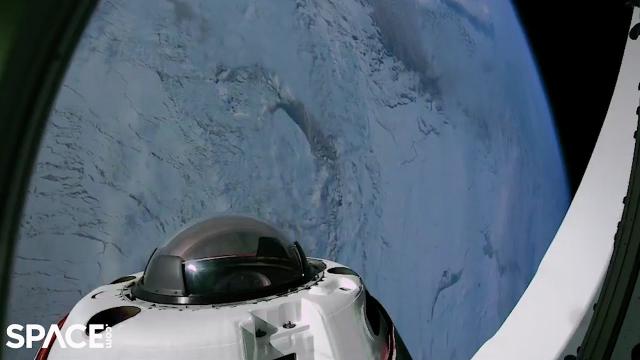
See SpaceX Fram2 crew's amazing views of Earth's poles from orbit
Added 102 Views / 0 LikesA camera mounted on the SpaceX Fram2 mission's Dragon spacecraft captured views of Earth's poles. Credit: Space.com | footage courtesy: SpaceX
-
04:21
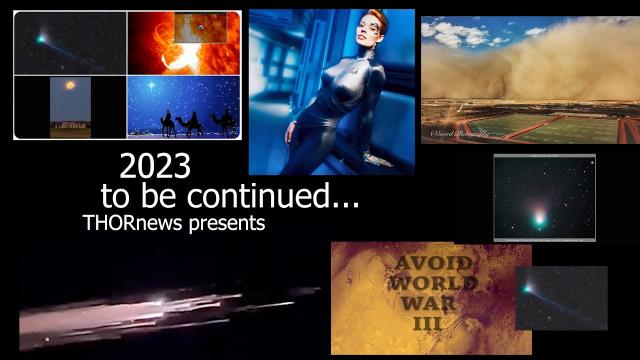
WHAT.
Added 101 Views / 0 Likes2023.Merry Christmas. Happy new year.Mars & Mercury retrograde,this moment reflection.God bless everyone.Life is good.yay, asteroid fight clublove,T LEWISON
-
00:30
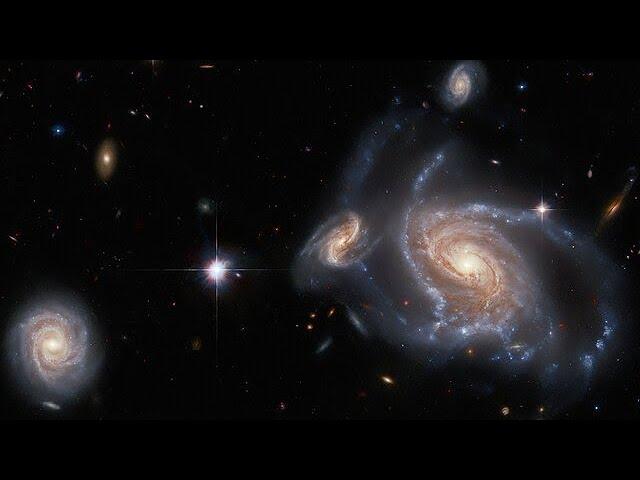
Pan: It’s all relative
Added 101 Views / 0 LikesOn the left side a large spiral galaxy with swirling, twisted arms is flanked by a smaller, but still detailed, spiral behind its arm on the left, and a smaller spiral above it. On the right side is a fourth, round spiral galaxy seen face-on. Between them
-
00:30
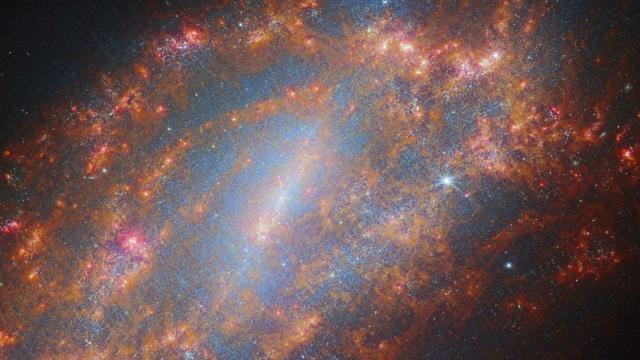
Webb's view of NGC 1559
Added 101 Views / 0 LikesThis video features a new image of the barred spiral galaxy galaxy NGC 1559 as seen by the NASA/ESA/CSA James Webb Space Telescope. The galaxy hosts a visible central region with a distinct open pattern in the loosely-wound spiral arms. NGC 1559 resides a
-
00:30
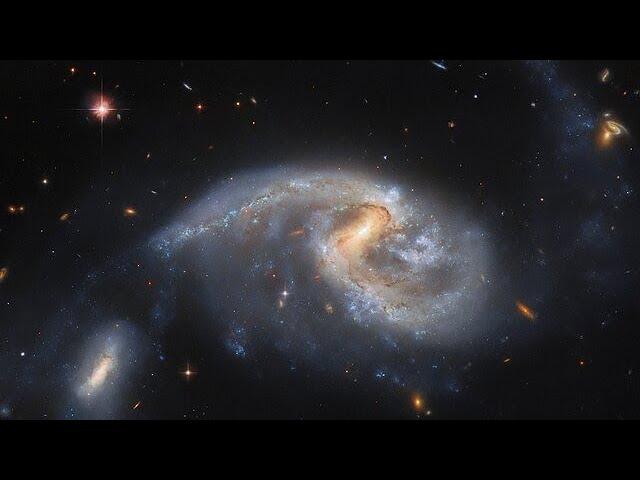
Pan video: Arp 72
Added 101 Views / 0 LikesThis image features Arp 72, a very selective galaxy group that only includes two interacting galaxies: NGC 5996 (the large spiral galaxy) and NGC 5994 (its smaller companion, in the lower left of the image). Both galaxies lie approximately 160 million lig
-
02:53
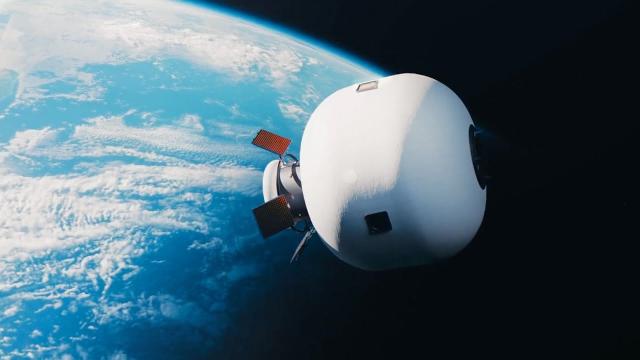
Max Space expandable habitats - 'maximizing space in space'
Added 101 Views / 0 LikesMax Space expandable habitat technology could reduce costs and maximize space...in space. Credit: Max Space
